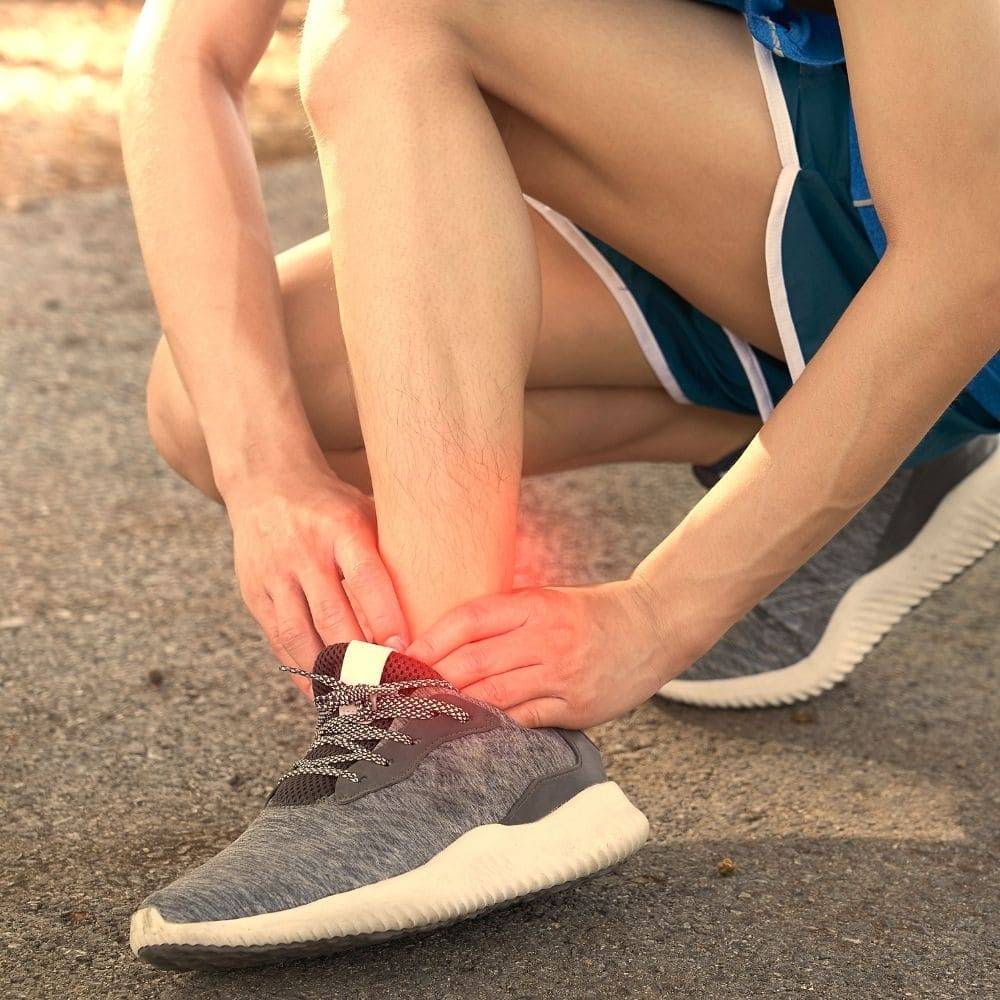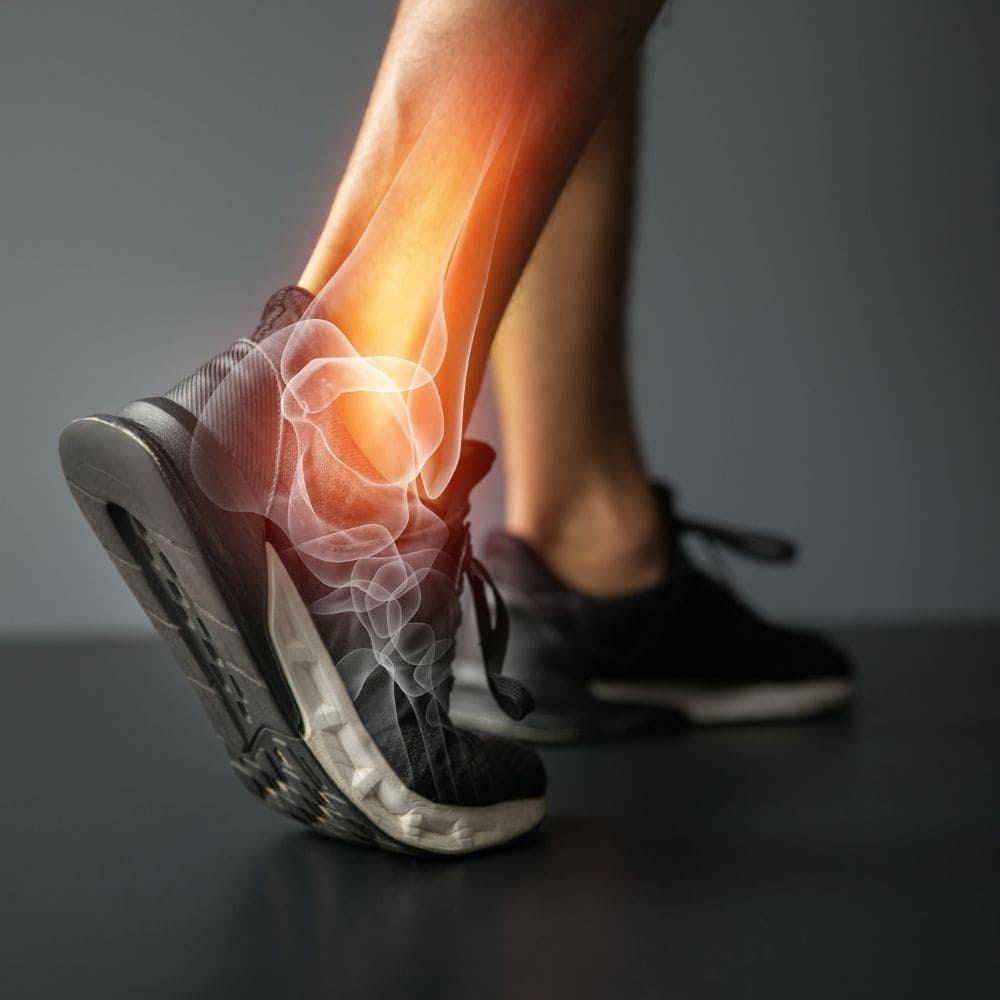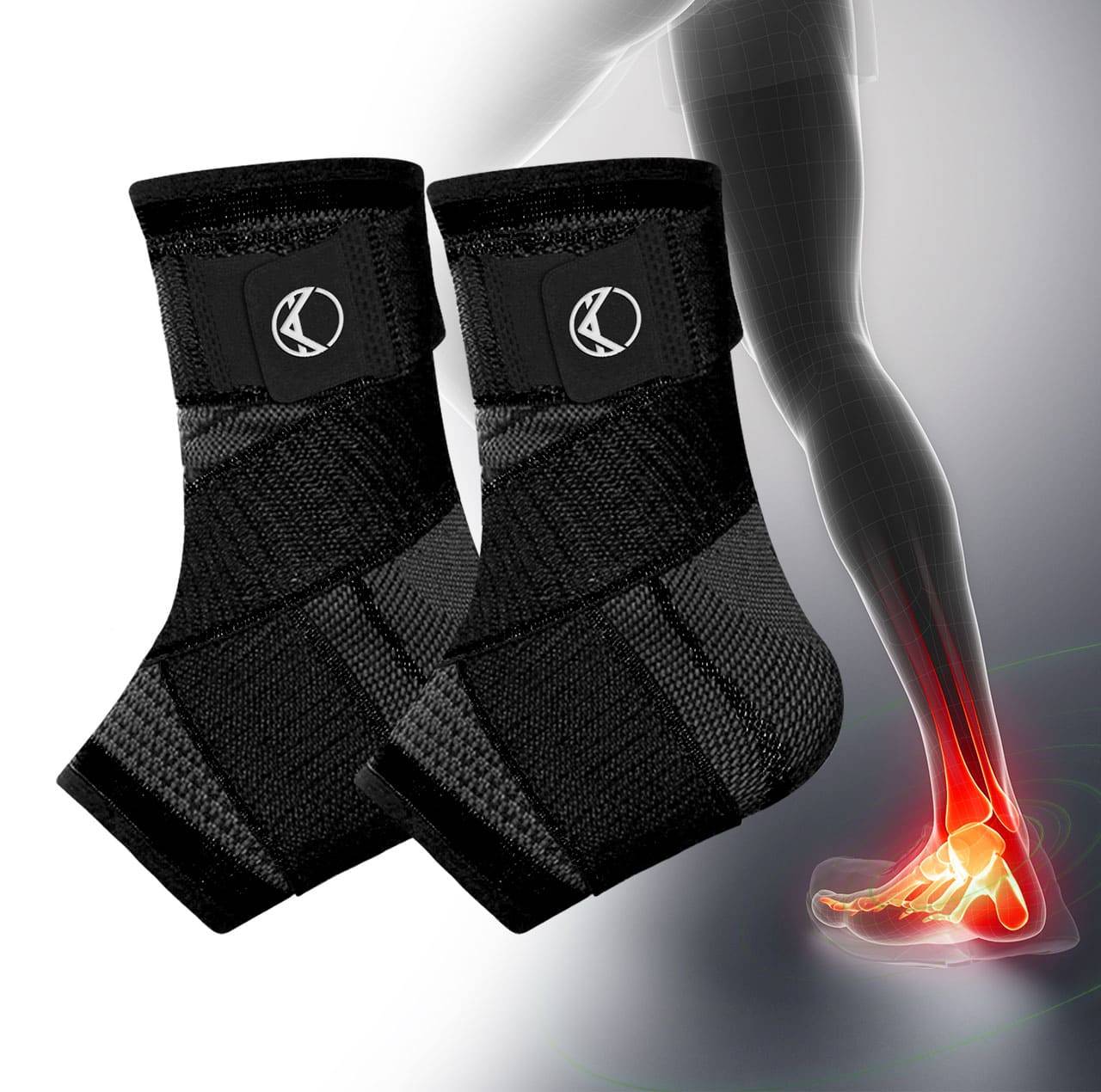People attribute a lot of effects - both good and bad - to ankle braces. But the truth is many of these effects are myths. In this article about debunking myths about ankle braces, we’ll show you some common misconceptions so you know exactly what your own brace can - and can’t - do.

An ankle brace will stabilize your ankle and help protect you from many types of ankle injuries. But not all of them. Accidents can still happen. You can still step wrong, twist your foot, and strain or sprain a muscle if you’re overworking yourself or overextending your physical abilities.
Research has shown that ankle braces help prevent sprains and other ankle injuries. However, if you’re wearing a brace and you suffer a sprain or break, the injury will likely be just as intense as if you weren’t wearing a brace at all. Wearing a brace is not an excuse or an invitation to go beyond what you're capable of performing.
Some people think that braces will slow them down and prevent them from being as mobile as usual. But a good brace will be soft and flexible enough to move with you as you flex, jump, and stretch. At the same time, it will be stable enough to hold your joints and muscles steady.

This myth confuses the support that an ankle brace provides with wholesale limb replacement. It follows the theory that the brace is doing all the work of strengthening your ankle so that the actual limb becomes degenerate and dystrophic, which is a deterioration and weakening of muscles.
But that’s not what a brace actually does. Instead, it keeps your muscles and joints stable so that they increase in strength, not the other way around. Furthermore, if you’ve recently experienced an injury and are recovering from it, a brace is essential for holding up your weakened limb and preventing more damage.
This myth confuses the support that an ankle brace provides with wholesale limb replacement. It follows the theory that the brace is doing all the work of strengthening your ankle so that the actual limb becomes degenerate and dystrophic, which is a deterioration and weakening of muscles.
But that’s not what a brace actually does. Instead, it keeps your muscles and joints stable so that they increase in strength, not the other way around. Furthermore, if you’ve recently experienced an injury and are recovering from it, a brace is essential for holding up your weakened limb and preventing more damage.

The wrong ankle brace can, of course, be itchy and irritating to your skin, and hurt your limb more than help it. The right one, on the other hand, will only support the ankle, cradling it and fitting to it like a glove.

If you’ve had an ankle injury, or regularly perform a physical activity that puts pressure on your ankles, consider wearing a Koprez compression sleeve. Not only will it keep your ankle steady, thereby helping prevent further injury, but it will also promote healing. The soothing, secure compression of your limb will increase the circulation of your blood into the affected area, and speed up the repair process of muscles and tissues.
Injury prevention, healing, strength building - these are the real life benefits of an ankle compression sleeve.